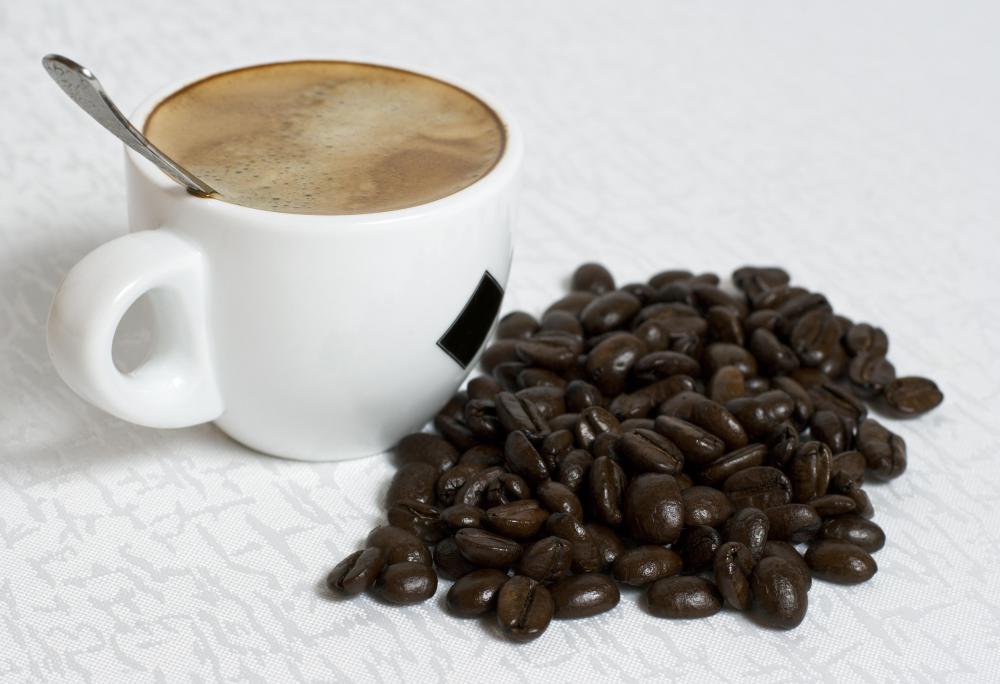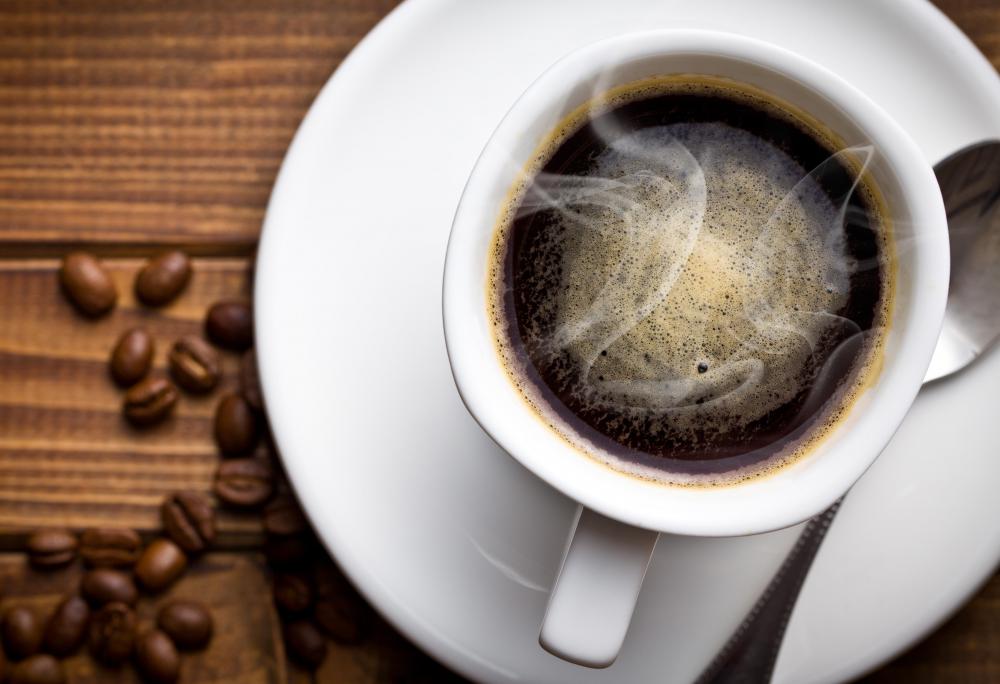At DelightedCooking, we're committed to delivering accurate, trustworthy information. Our expert-authored content is rigorously fact-checked and sourced from credible authorities. Discover how we uphold the highest standards in providing you with reliable knowledge.
What is Coffee Roasting?
Coffee roasting is a step in the processing of coffee which is designed to bring out certain traits in the beans. Roasting is the last step before the coffee reaches the consumer, and some consumers actually do their own coffee roasting to have greater control over their coffee. There are several different ways in which coffee beans can be roasted, and there are a range of what are known as “roast profiles” which determine how long the beans should be roasted, and in which conditions.
At harvest, raw coffee needs to go through some processing including drying and removal of the hulls before it will be suitable for roasting. Once the raw coffee has been milled, hulled, polished, cleaned, and sorted, it is known as green coffee. Green coffee is ready for roasting, but roasting does not necessarily happen right away.

There are several reasons to wait on coffee roasting. The first is that green coffee is more stable than roast coffee. For transit, it makes sense to keep the coffee green because it is less likely to be damaged, and to roast as close to the consumer as possible so that the coffee retains the complex chemical profile which makes it such a popular drink. As people who have consumed old roasted coffee know, the coffee loses much of its flavor if it is allowed to sit too long.

The other reason to wait on coffee roasting is that the flavor profile of coffee varies depending on how soon it was roasted after processing. Some people agree that green coffee peaks at about one year of curing, after which point it starts to lose the oils which give coffee its flavoring. Others may age coffee much longer, for seven or eight years. People have acquired a taste for coffee which has been aged before roasting, and may not appreciate the flavor of unaged roasted coffee.

In the coffee roasting process, the beans are essentially toasted. Roasted coffee is often graded by color, from light to dark roasts, based on how dark the beans turn out. Roasting can be accomplished in a drum roaster which turns the coffee, on roasting beds, and in other types of roasters, depending on the preference of the producer. Depending on how long the beans are roasted and at what temperature, different traits will be developed in the bean, leading to a radically different flavor profile when the coffee is brewed.
AS FEATURED ON:
AS FEATURED ON:














Discussion Comments
I've heard that roast coffee should be treated like fresh bread. It's only going to be at its best for a few weeks after roasting. You don't have to have special coffee roasting equipment to make a small batch of coffee, but it does help. I have a special pan with holes that help ventilate the beans as they roast inside another pan on the stovetop.
I wait for the beans to make a cracking sound, then I keep a very close eye on them. If you're looking for a medium roast, then the beans should look tan or light brown after the first crack. If you want a darker roast, wait for a second cracking sound and look for a dark chocolate brown color. The difference between a dark Italian roast coffee bean and a burnt coffee bean can be a matter of seconds, so be ready to remove the beans from the heat source immediately.
I once knew a husband and wife who ran a gourmet coffee bean roasting business out of their basement. The husband traveled to different coffee bean warehouses and bought large bags of green coffee beans from plantations all over the world. There were beans from Asia, Africa, South America and Hawaii, all desirable for different reasons. He was a true expert on coffee, and he personally tasted every variety before he bought it.
He and his wife selected a different coffee bean every day and roasted batches of it in antique Italian coffee roasting machines. They put the finished coffee beans into resealable metal cans and mailed them out the same day to online customers. The coffee can labels featured poetry and short stories contributed by freelance writers. It was a great operation while it lasted. I learned a lot about the science and art of roasting coffee beans.
Post your comments